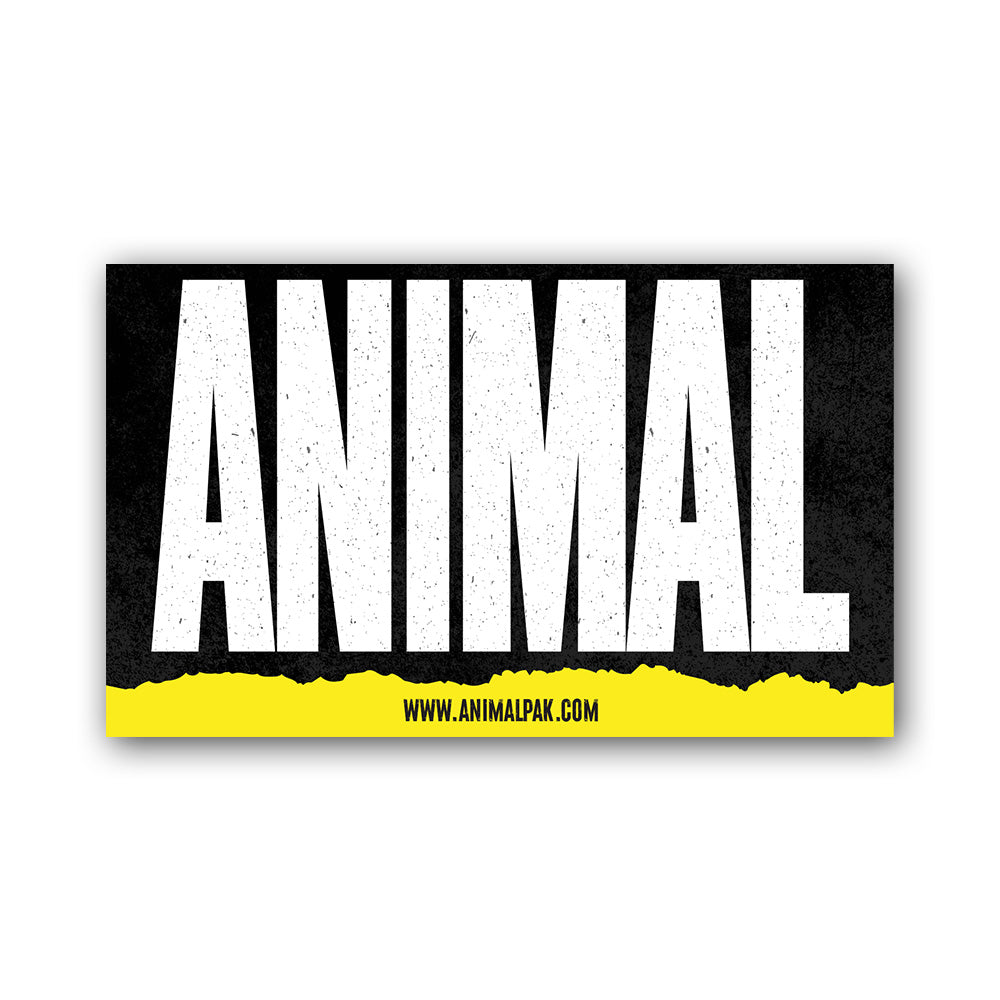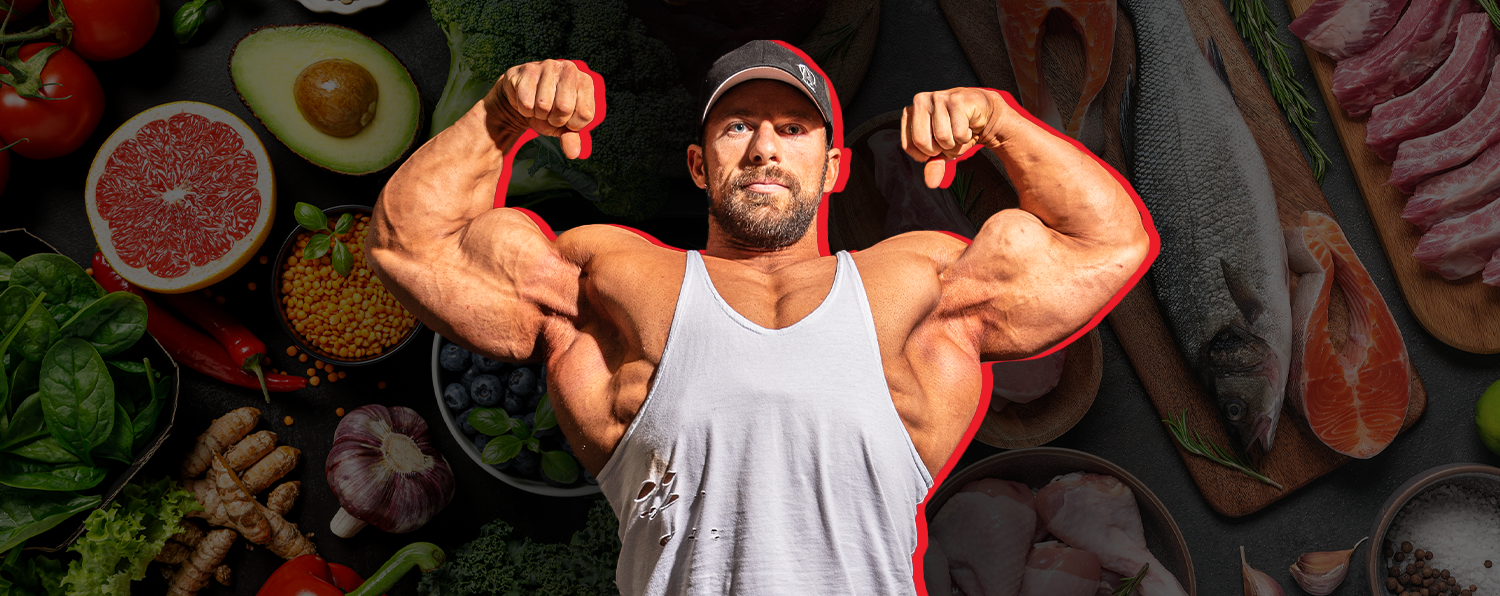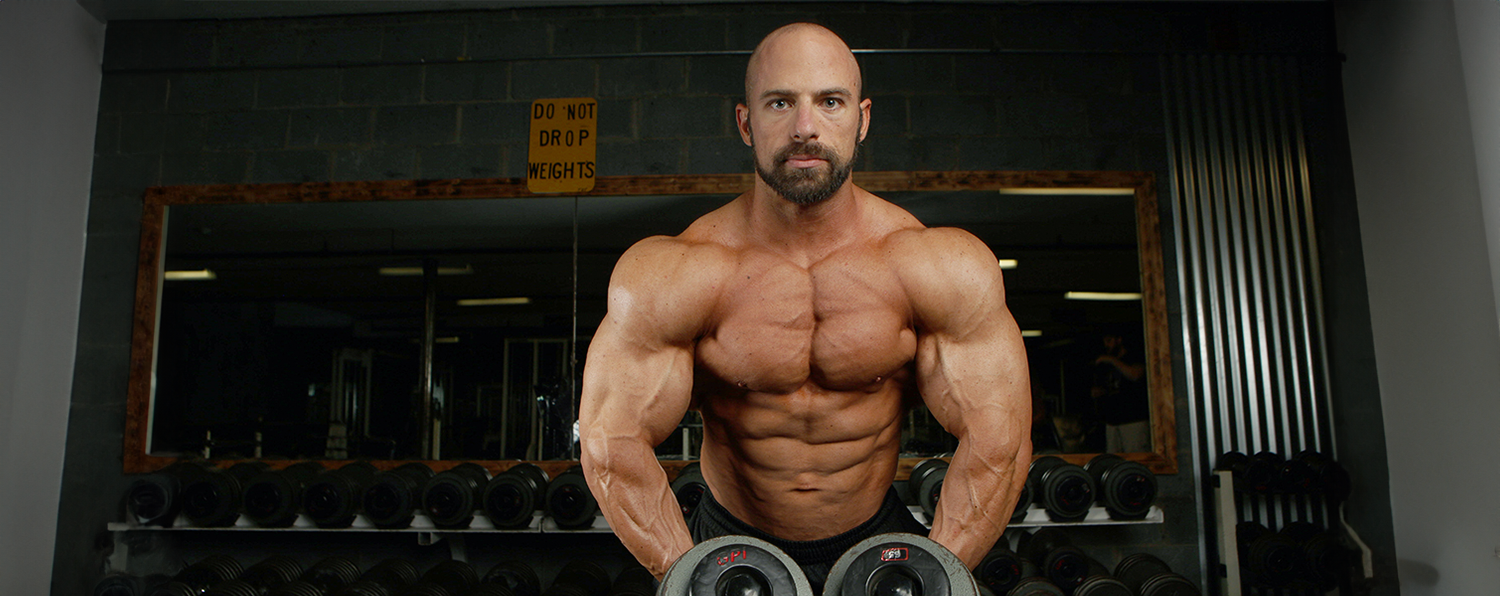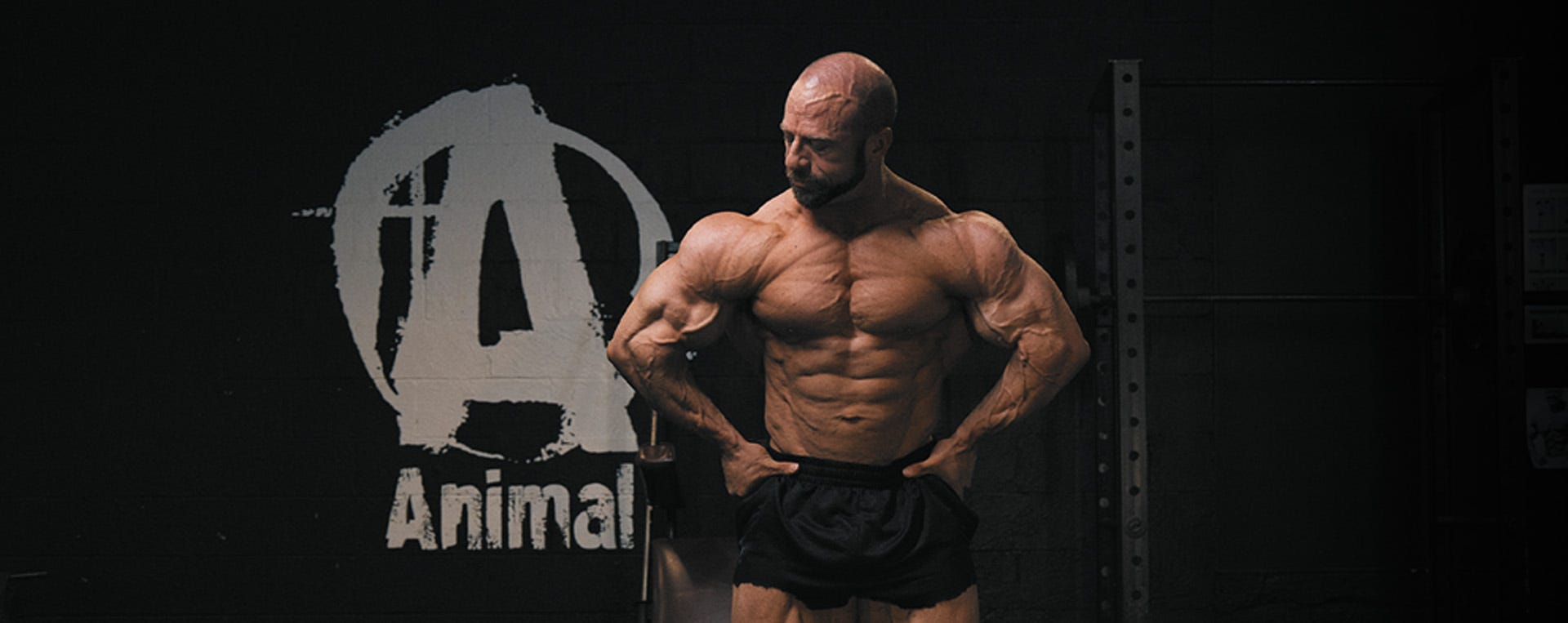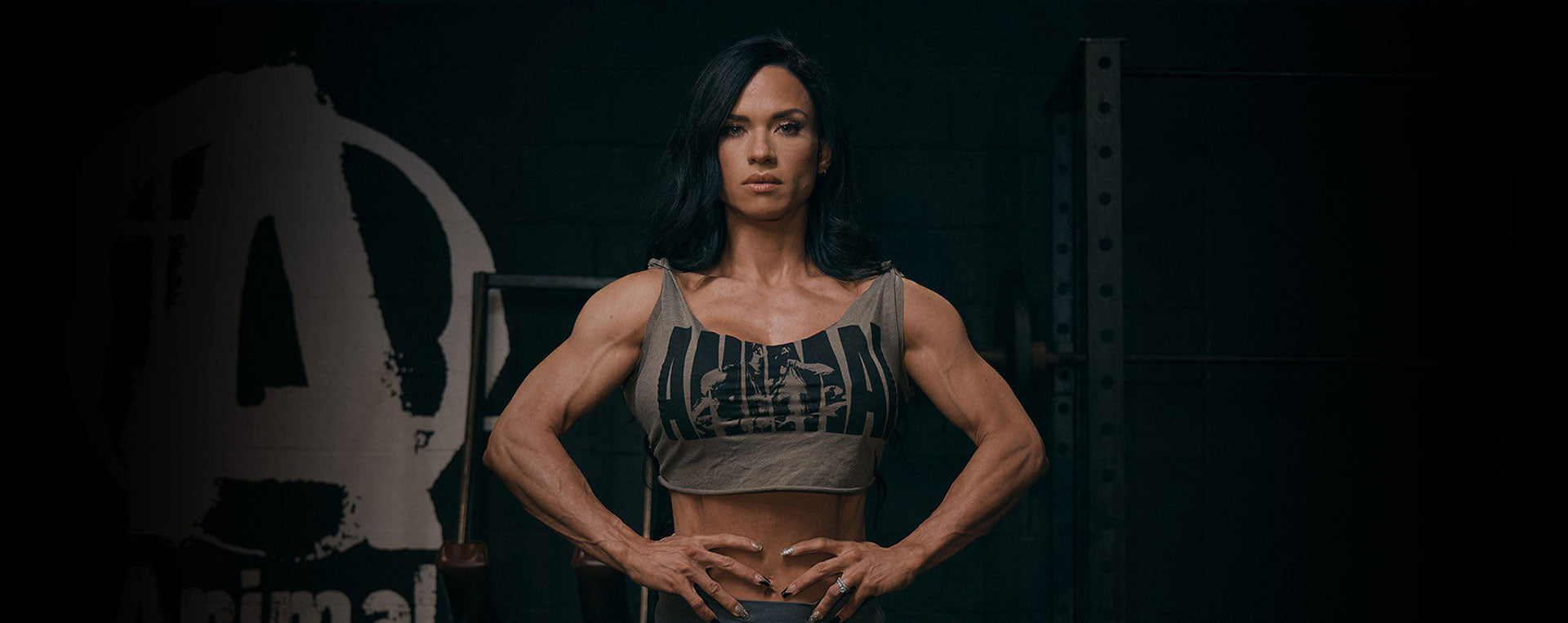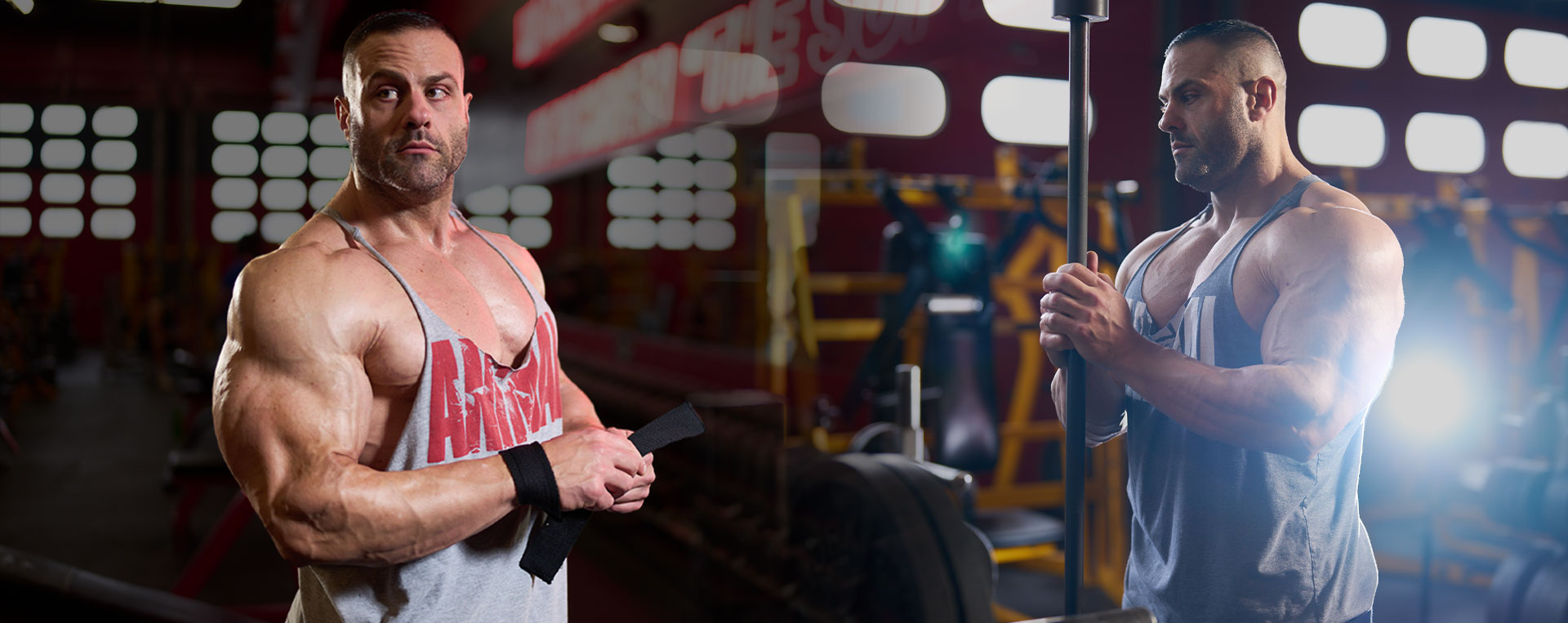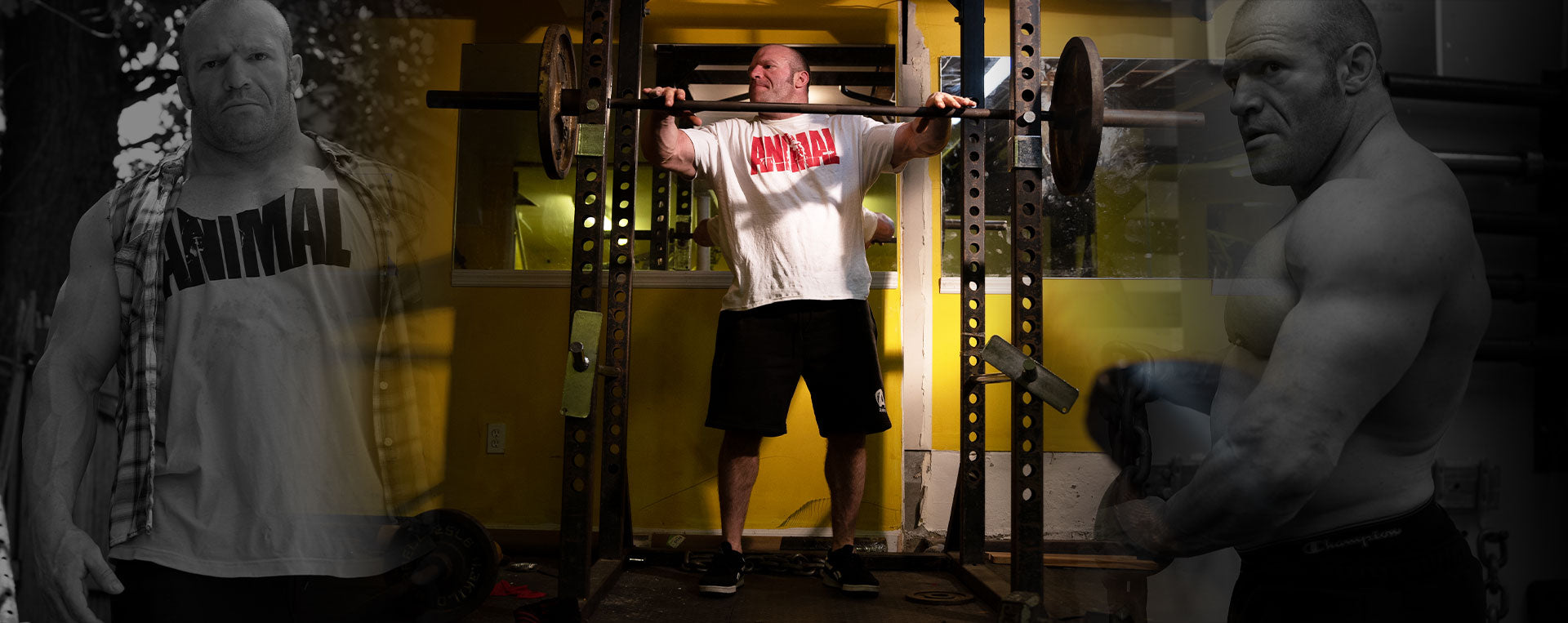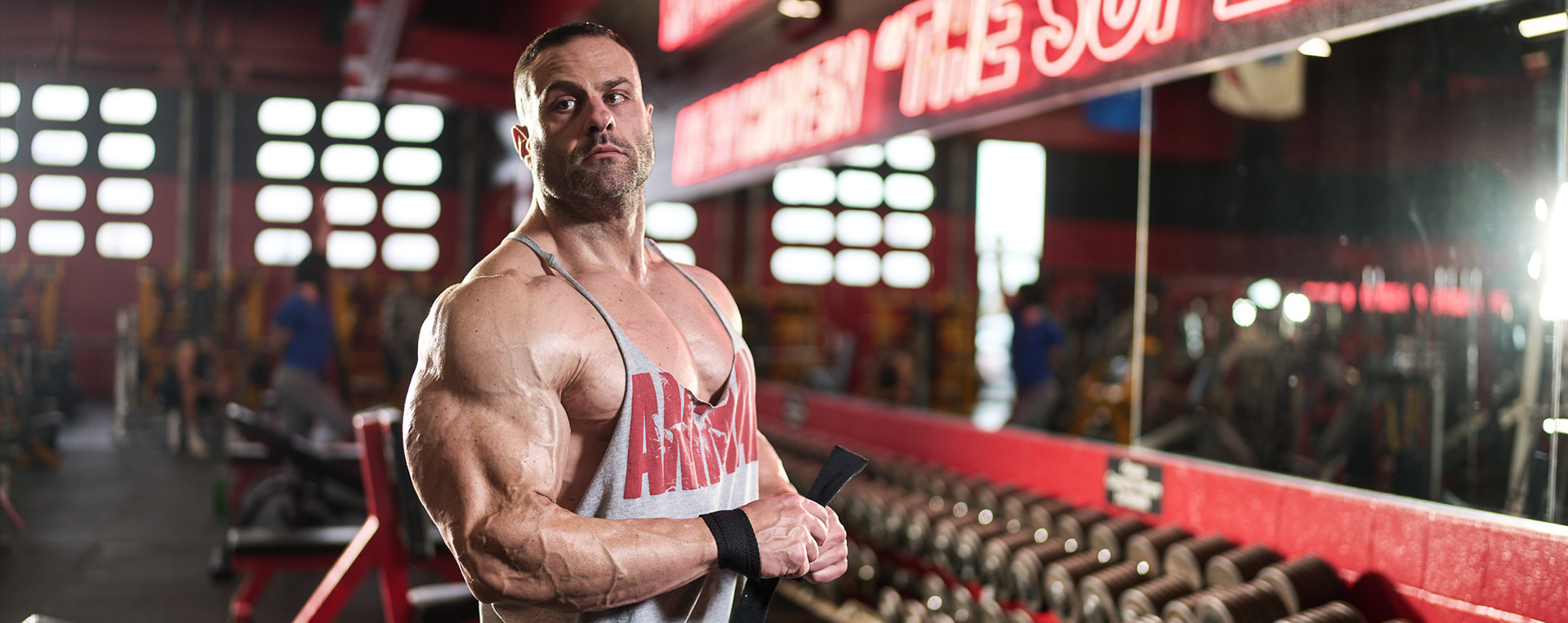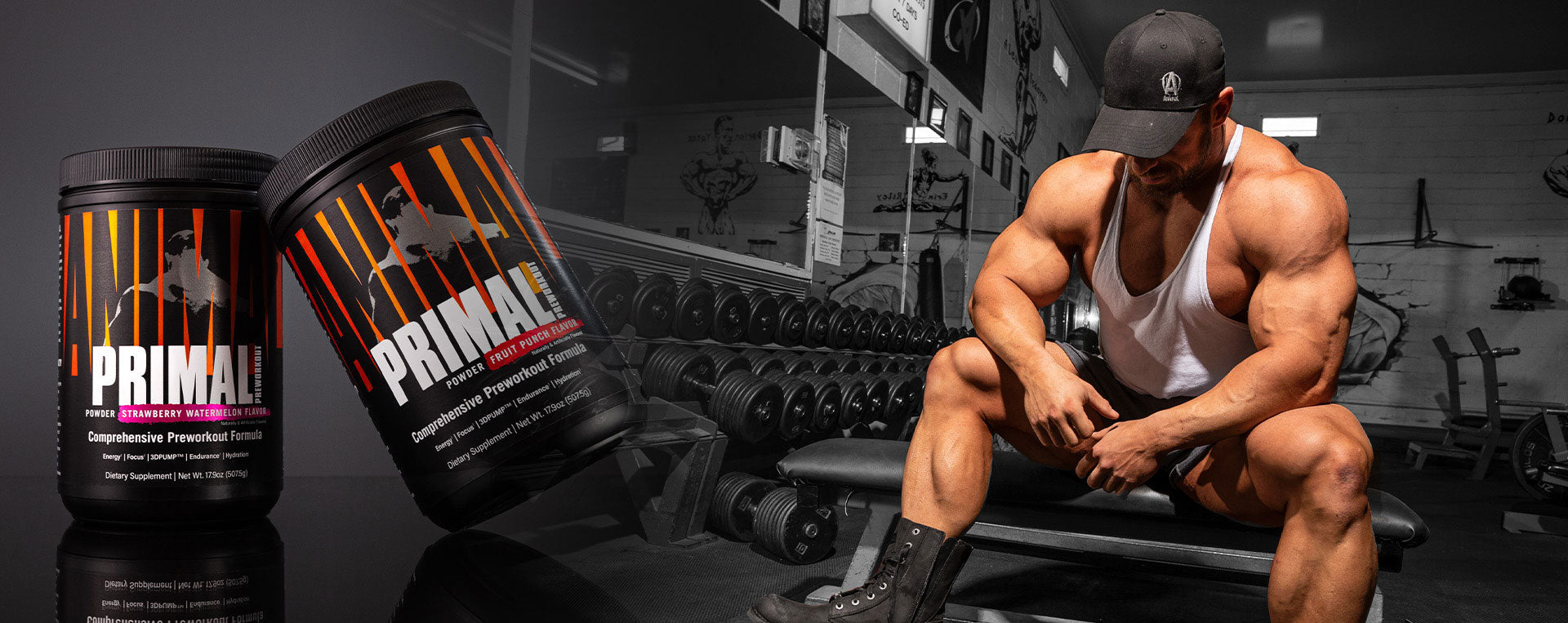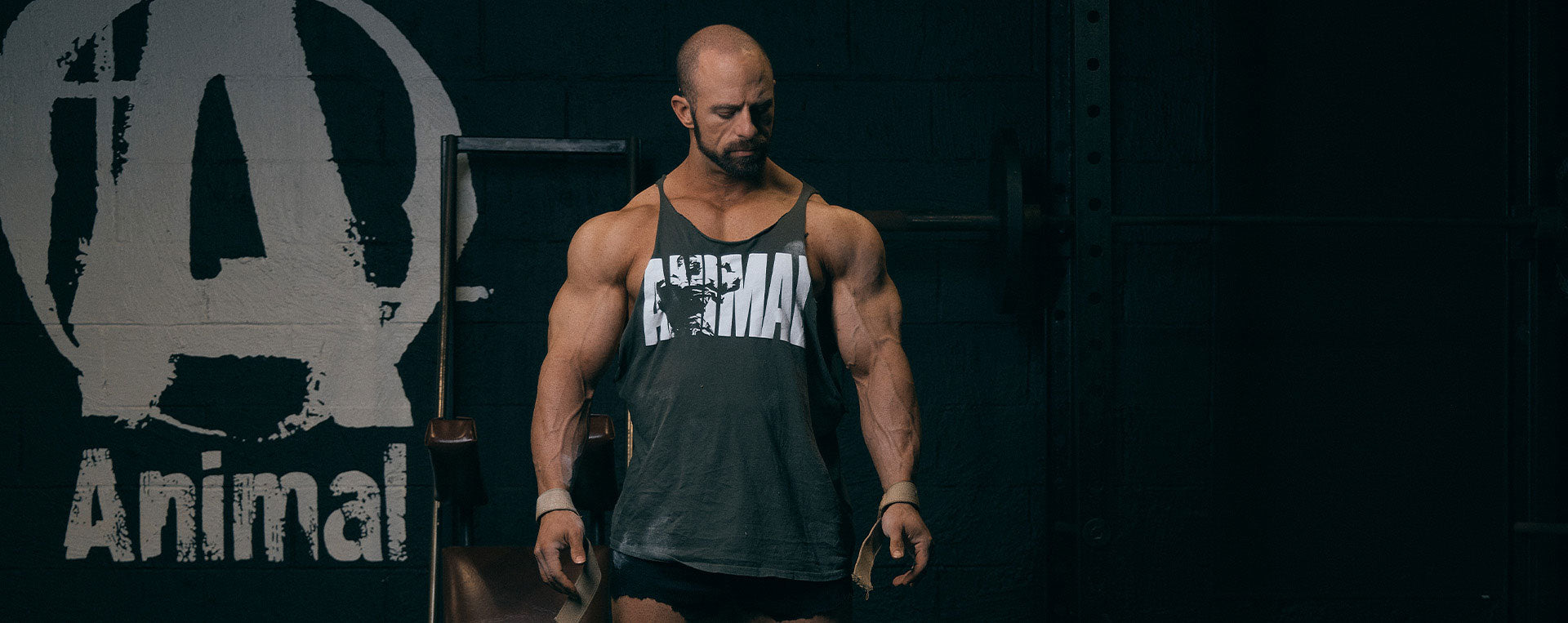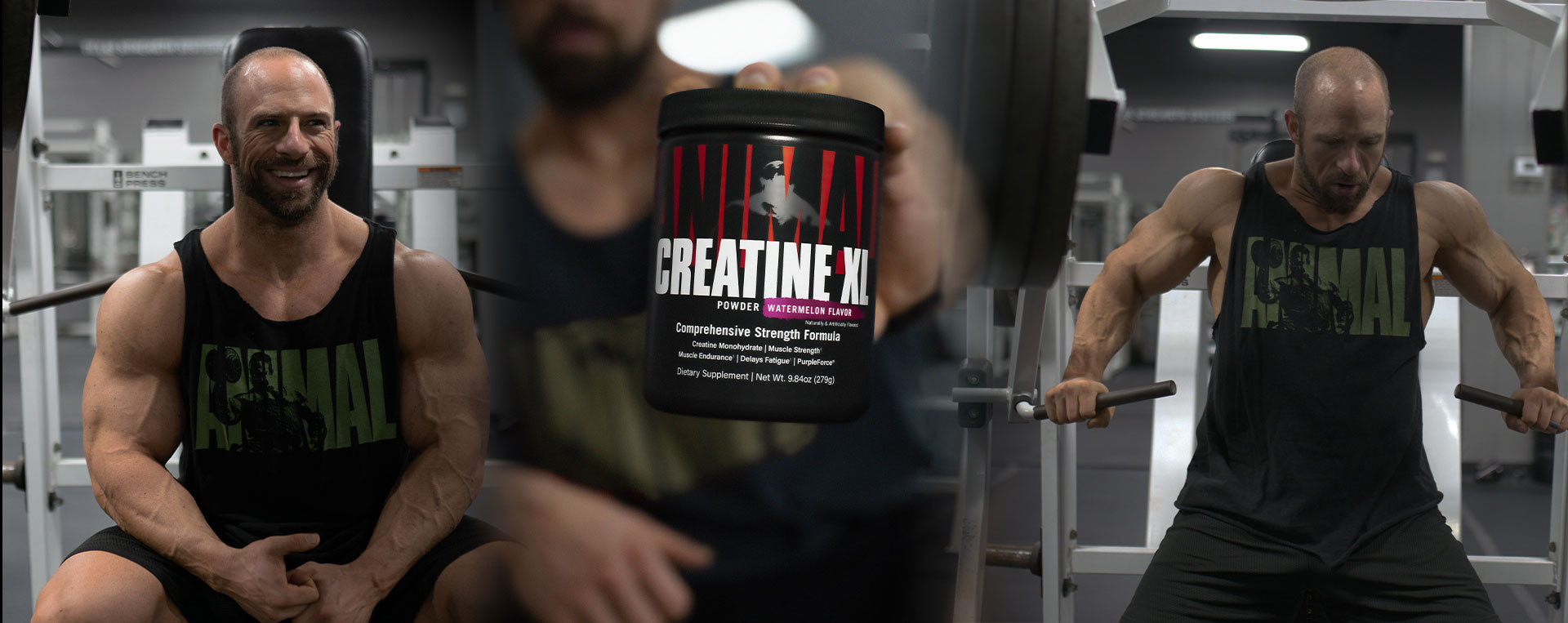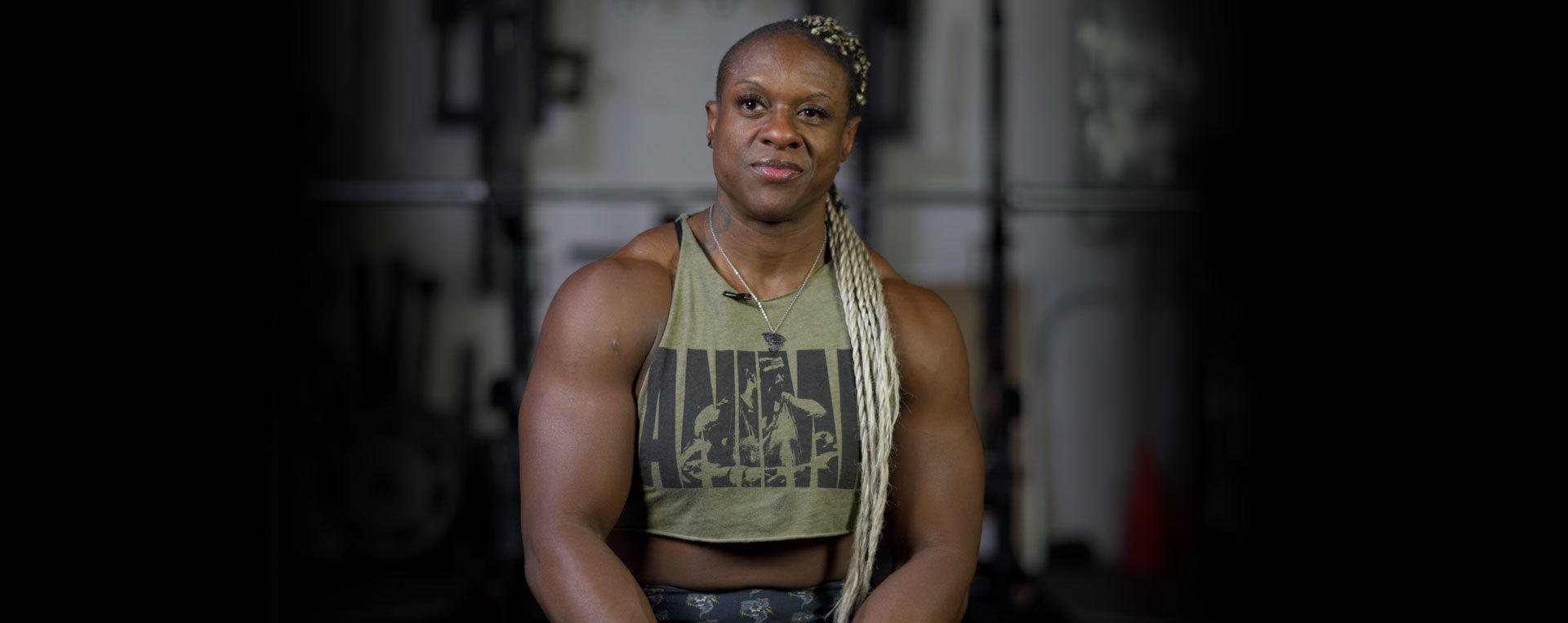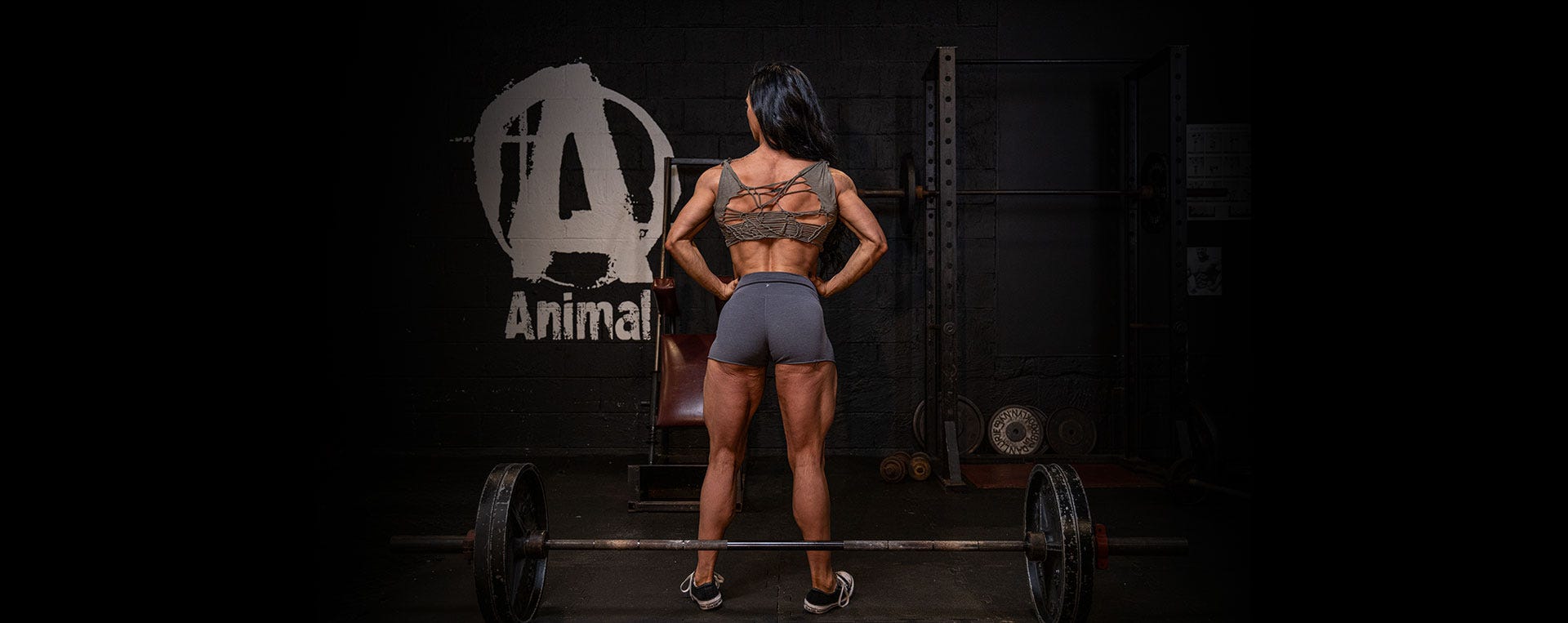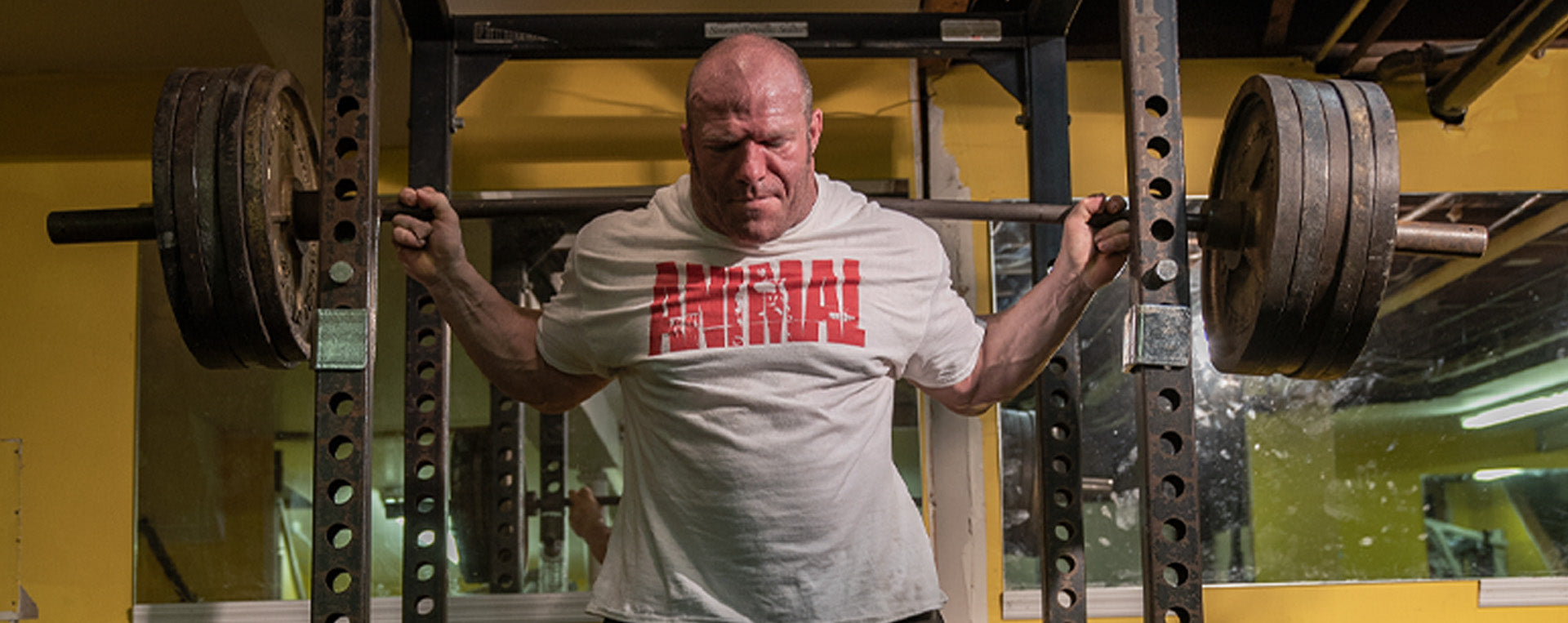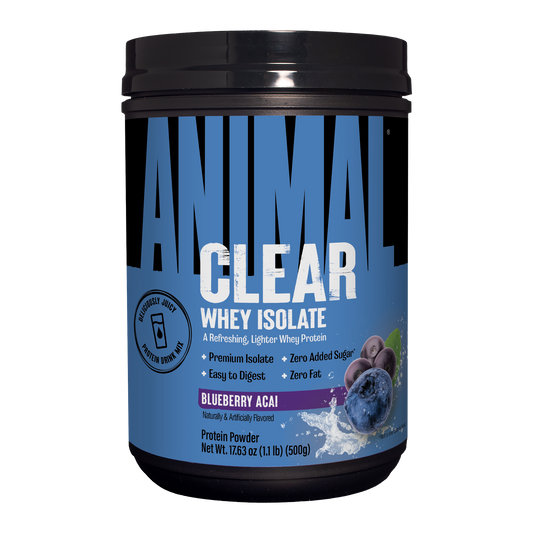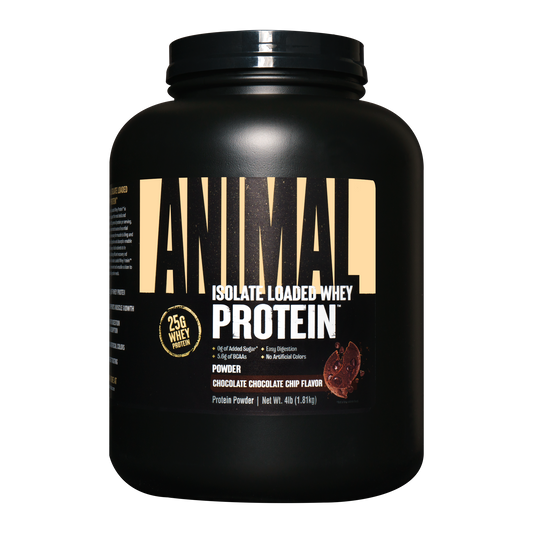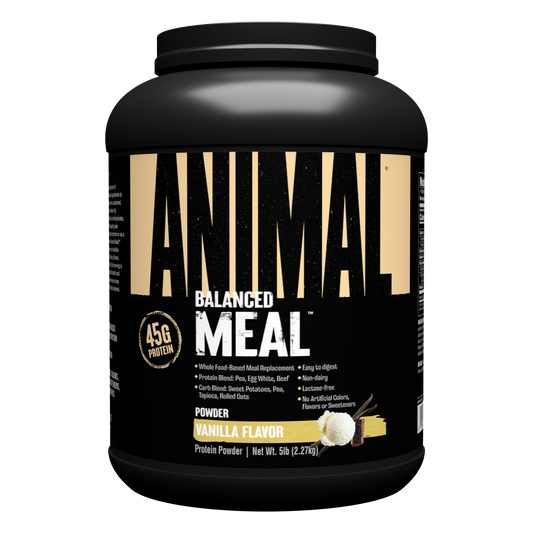A new year is a great time to reflect on the past and move forward with greater knowledge and experience. When I think about what I learned this year, the biggest factor in my improvement as a bodybuilder was in perfecting the basics. We can’t advance if the basics are not in place or not optimized to the fullest. It can be easy to get hyper focused on fine details and lose sight of the big picture. With that in mind, I will cover the basic tenets to help you lay down some new muscle mass this year.
Get Comfortable Being Uncomfortable
Change does not occur in a comfortable place. The body is resistant to change—it likes homeostasis. In order to grow, you have to embrace some level of challenge. You may have to allow some body fat gain when you’re growing. You might not look Instagram glamorous and far from stage ready with some extra fluff, but we want to optimize growth. In a 2019 study, bodybuilders were split into a high calorie surplus or low-calorie surplus group and weight trained for 4 weeks. The high energy group gained 2x more body fat, but gained 6x the muscle mass than the lower calorie surplus group.1 Now, I am not saying go out and dirty bulk, but gaining some fat is going to happen. Don’t limit the gains by trying to stay excessively lean all year.
See Out the Long-Term Vision
If you want to truly grow to a new level, you must develop a mindset that allows you to be consistent, adherent, and see out a long-term vision. Don’t focus on what you look like at the moment and make abrupt changes in your goals. Keep focus on the future and what you want to accomplish. Many top level Olympic athletes share similar psychological attributes— they all have a level of intrinsic motivation, effective visualization and imagery strategies, reliance on routines, self-confidence, and positive mindset.2 This year remind yourself why you bodybuild and find the deep emotional meaning and hang on to it. Visualize yourself with the physique you want and visualize a successful training session before you walk into the gym. Build consistent routines throughout your day that add up toward your goal. Stay positive and don’t let negative thoughts run wild in your mind.
Increase Training Effort
Every year the quest to add new muscle will only become more challenging. As you close in on your genetic limits, the body will only resist you more. You therefore have to put in more effort to cause those adaptations. All too often people just don’t train hard enough. Many people leave so many reps on the table during a set, yet those final reps cause some of the greatest hypertrophy stimulus. In 2017, trained males were asked to take their normal 10 rep training load and see how many reps they could perform to failure, and on average they hit 16 reps.3 Lack of effort in your sets is not going to add on new mass this year. Push yourself every time you step in the gym and try to beat the old you. The “bigger you” must be a stronger version.
Prioritize Rest
I really can’t put enough emphasis on this point. Your ability to recover is going to determine the amount of training you are able to do, which then determines the amount of growth that will happen. If you limit sleep, you will limit your growth. Sleep more, train harder, grow more. Drive that into your brain. One of the most effective tools to improve sleep is sleep extension. It is as simple as just getting in bed for a long period of time. Make it your goal to stay in bed for 8-10 hours and get quality sleep. This amount of sleep has shown the greatest performance improvements in athletes.4 If you can’t get this amount of sleep, train with appropriate volume and effort, as poor sleep is a main driver in overtraining.
Eat For Your Level
You do need to be okay with gaining some body fat, but of course we want to limit fat gain as much as possible. What is important to realize is the more advanced you become the slower you will grow. If you are growing slowly, you won’t need to supply the body with as great of a weekly surplus as someone who is brand new to training and growing like a weed. In highly trained athletes, a calorie surplus of 200-300 kcal per day is enough to have optimal growth rates, while a lower level athlete or novice might need a surplus of 500 kcal per day.5 I know it can be hard to identify your level, so I would keep close track of your weekly pictures and circumference and body fat caliper site measurements and use this data to determine if you are gaining solid lean mass or lathering on the body fat. Then adjust calories up or down based on your results.
Prehab/Rehab Work
I have to admit that I have neglected prehab and rehab work until this past year. This neglect led me to accrue several injuries that I could have prevented. Prehab work is like changing the oil on your car. You change the oil as a maintenance to hopefully extend the life of your motor. You don’t wait to change the oil until your motor burns up and you are screwed on the side of the road. In a recent meta-analysis, ten different recovery methods were reviewed to improve recovery post-exercise.6 Massage work was at the top of the list. Find yourself a good massage therapist to help with recovery and identify areas that are becoming troublesome. If you can’t afford a weekly massage, get a foam roller and do some self-massage post-exercise. There is a whole arsenal of massage tools you can get to help you implement your own soft tissue therapy.
Stay Healthy To Stay Big
When massing up and adding on lots of body weight, you need to keep health in check. If you get to a state of poor health, you are going to have to put massing on the back burner and prioritize fixing your health. Since high calorie intakes and body weight gain can lead to insulin resistance, hyperlipidemia, whole body inflammation, and hypertension, have a doctor review a full lab work up every 3-6 months. Outside of your basic lab panel, I like to add on fasting serum insulin, CRP, serum Vitamin D, HgbA1c, and LDL particle size count. You can monitor blood pressure, fasting blood glucose, and resting heart rate weekly on your own. Prioritize health first and you will be able to extend your massing phase. The longer you can mass, the faster you will get to your size goal.
Prep Mentality 365
When contest prep comes around and we start counting weeks out, it is much easier to adhere to our routine and not stray from the path. The motivation to step on stage and look our best is a huge driving force. This is when you see individuals give their greatest effort in all areas of training, diet, and sleep. But once they step into the off-season and the next show date is so far away, adherence and effort fades and the drive of hunger and food focus takes over. This year change your mindset. Instead of seeing bodybuilding in phases, see it as a continuum. In actuality our whole bodybuilding career is one long contest prep. This is also why I pick shows to do right after I finish a show. I want to know I am already in prep for the next show. Whether I am 52 weeks out or 4 weeks out, I always want to be mentally ready for a certain level of effort.
Flexible Structure = Diet Adherence
Although I do want effort all year long, I also want to be able to implement flexibility within my diet plan. Being hardcore does not mean you only eat rice and chicken for every meal 365 days out of the year. Let’s be real, in an off-season period we are able to enjoy more variety in foods. You should be able to take your wife out on a date or make a fun recipe at home when you want to. Comparing a structured diet approach to flexible approaches, the flexible approach leads to less binge eating, lower energy intakes, and higher probability of diet success.7 So I advise you to keep a structured diet but also know your macros for those meals. If you want to switch up a meal for the day, you just match your macros for that meal. This will leave you with a varied diet which is the basis for a quality diet and improved adherence.
Micronutrients Matter Too
I know we put a lot of emphasis on macronutrients (carbs, protein, fats), but don’t forget about the micronutrients. In a massing phase when calories are high, we’re less likely to run into micronutrient deficiencies. However vitamin deficiencies can still occur. Vitamin D, iron, and magnesium intakes can be low in strict dieters.8 Anabolic pathways need many micronutrients and macronutrient metabolism is also dependent on optimal levels. Optimize your hypertrophy by keeping a diverse diet like in the flexible approach mentioned above. Eating large volumes of food can make it easy to skimp on vegetables, so prioritize 4-5 servings of veggies per day.
Let this year be the year you step up your size game to a new level. To take a step forward in progress you must take a step forward in optimizing the basics. Happy new year from all of us at Animal.
References
- Ribeiro AS, Nunes JP, Schoenfeld BJ, Aguiar AF, Cyrino ES. Effects of different dietary energy intake following resistance training on muscle mass and body fat in bodybuilders: a pilot study. Journal of Human Kinetics. 2019 (epub ahead of print).
- Burns, L., Weissensteiner, J.R., Cohen, M., Lifestyles and mindsets of Olympic, Paralympic and world champions: is an integrated approach the key to elite performance? Br J Sports Med, 2018
- Barbosa-Netto, S., E.P.O.S. d'Acelino, and M.B. Almeida, Self-Selected Resistance Exercise Load: Implications for Research and Prescription. J Strength Cond Res, 2017.
- Bonnar D, Bartel K, Kakoschke N, Lang C. Sleep Interventions Designed to Improve Athletic Performance and Recovery: A Systematic Review of Current Approaches. Sports Med. 2018 Mar;48(3):683-703.
- Iraki J, Fitschen P, Espinar S, Helms E. Nutrition Recommendations for Bodybuilders in the Off-Season: A Narrative Review. Sports. 2019 Jul; 7(7): 154.
- Dupuy O, Douzi W, Theurot D, Bosquet L, Dugué B. An Evidence-Based Approach for Choosing Post-exercise Recovery Techniques to Reduce Markers of Muscle Damage, Soreness, Fatigue, and Inflammation: A Systematic Review With Meta-Analysis. Front Physiol. 2018 Apr 26;9:403. doi: 10.3389/fphys.2018.00403.
- Westenhoefer, J., A.J. Stunkard, and V. Pudel, Validation of the flexible and rigid control dimensions of dietary restraint. International Journal of Eating Disorders, 1999. 26(1): p. 53-64.
- Ismaeel, A., S. Weems, and D. Willoughby, A Comparison of the Nutrient Intakes of Macronutrient-based Dieting and Strict Dieting Bodybuilders. International Journal of Sport Nutrition and Exercise Metabolism, 2017. Epub ahead of print: p. 1-24.




